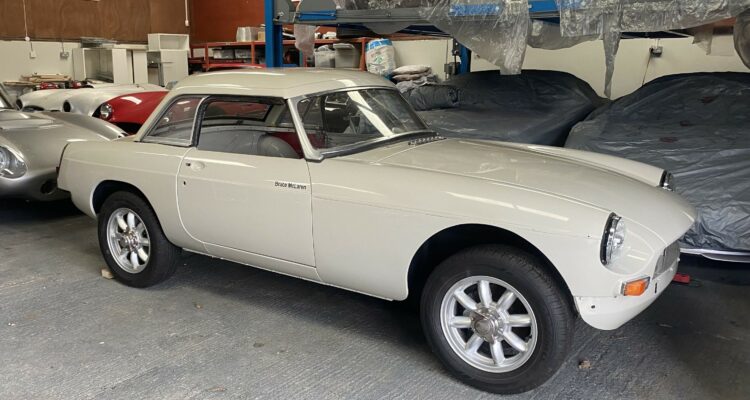Luxury That Wasn’t Always Luxurious…
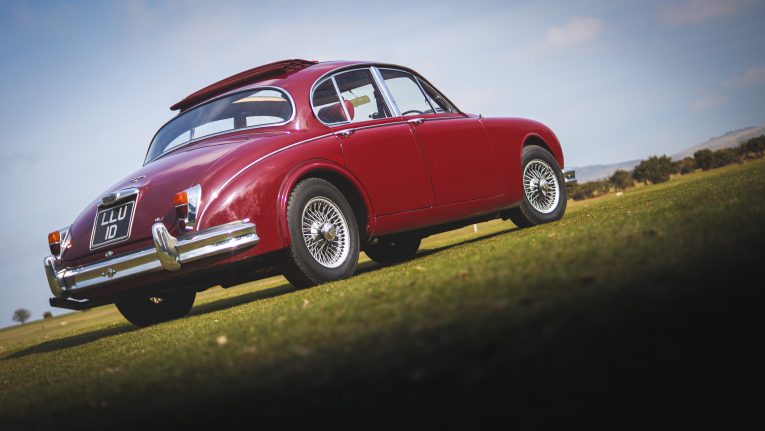
Everyone likes a bit of luxury. Be it in our homes, on our bodies in the form of clothing or of course, in our cars. Let’s face it, a fully-loaded Mercedes-Benz is a wholly more appealling prospect than a Metro (Vanden Plas notwithstanding). The thing is, though, luxury in our homes and in our clothes has remained the same over the years. By which we mean what was luxurious an age ago is still luxurious now. With cars it’s different. There are a lot of features within today’s car that we take as being the epitome of luxury, when really these features started life as anything but. We’ve dusted off the history books and plucked five ‘luxury’ features that, if they were on your new car a couple of generations ago, would have been anything but.
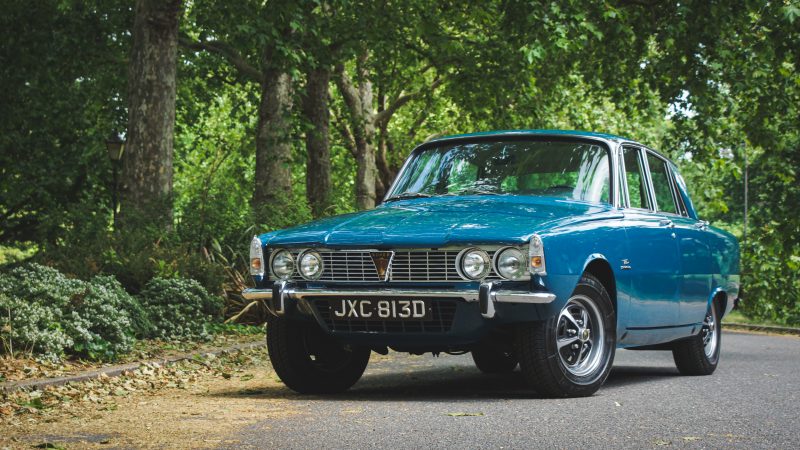
1) Leather Trim
Never has a material been so synonymous with luxury than leather. If your car has leather seats or a leather-trimmed steering wheel, it has to be luxurious, right? Think about all the Jaguars, Bentleys, Rovers, Rileys and myriad other models that are often laden with more leather than a Hells Angels gathering. Leather is luxury. Today, we’re offered leather as a better, more sumptuous alternative to common cloth. We’re told that leather means your car is top of the line. But that wasn’t the case when it was first used in cars.
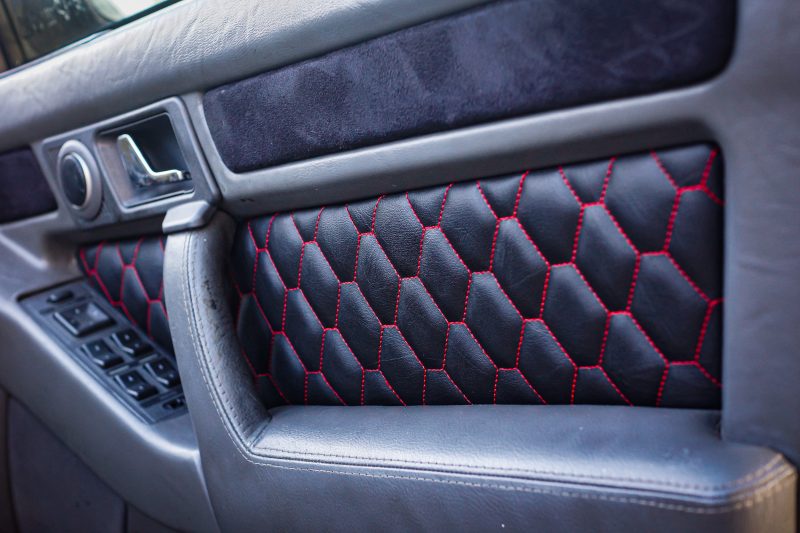
Leather is hard wearing. It’s incredibly tough, it’s not bothered by being hot, cold, wet or dry. It’s hard to stain, it’s hard to rip, it’s hard to ruin. Back when cars were more ‘exposed’ by way of not having a roof for the driver, leather was the perfect trim for his or her seat. Exposed to the elements, there was no way that cloth of any kind would be able to display any sort of durability. Leather, as proven by being the trim of choice for horse saddles, was perfect. Look in the enclosed rear cabin though, where the car’s owner’s would inevitably be, and there would have been no leather. Instead, the seats would have been cloth. More comfortable and warmer, you see. Leather was not a luxury feature. And in some countries, that still rings true today. Look at some top-spec luxury cars in China or Japan, and you’ll find cloth.
2) Convertibles
We all love a bit of ‘wind in the hair’ motoring. Certainly, the notion of a topless car is one synonymous with the classic world. From rakish bruisers like the Healey 3000, or more sedate open-top offerings like a Midget or Morris Minor, there is something for everyone who wishes to be unencumbered by a roof. But, the lack of roof was not always a sporty or luxurious offering. In fact, the very first cars didn’t have a roof. Building one would have been a complicated affair, and it would have added weight. So manufacturers simply didn’t bother. Early cars were nothing more than traditional open carriages with the added benefit of internal combustion. Ironic to this article, the roof was actually considered a luxury item when it became commonplace from around 1910 onwards.
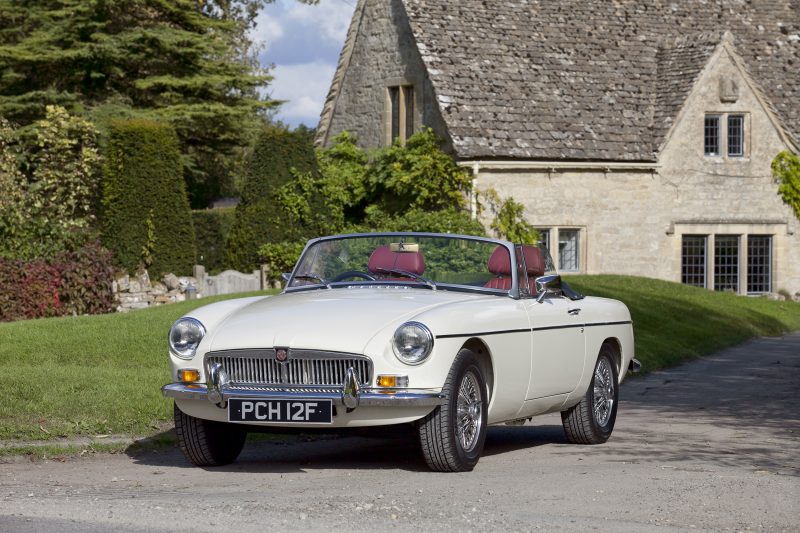
If you need further proof of the fact going topless wasn’t luxurious, look at some of the coach built pre-war cars. Many would feature an enclosed cabin for the rear seat passengers, while the driver would sit up front, exposed to the elements. Normally sat on a leather seat, funnily enough. It was only when the landaulette design, which saw the rear passengers sitting under a folding convertible roof, that we started to see the notion of being exposed to the sky as luxurious.
3) All-wheel drive
You don’t have to go far today to find a car boasting all-wheel drive. It’s a pretty commonplace feature, and one we associate with luxury. All-wheel drive is just… better than two. It’s something we find on some of the most exciting, expensive cars in the world. Bugatti, Mercedes-Benz, BMW, they all employ all-wheel drive in their cars. It’s no longer the reserve of muddy off-roaders. But that’s where it once exclusively lived. The Land Rover was of course one of the key vehicles to bring all-wheel drive to the masses. But nobody though it would ever make it into a car. Why would it need to? Jensen tried to sell the idea to us with the Interceptor FF (Ferguson Formula) and there was even a prototype Mk1 Ford Capri build with Ferguson all-wheel drive. In the end though, it was the Germans that changed the motoring world with one word – Quattro.
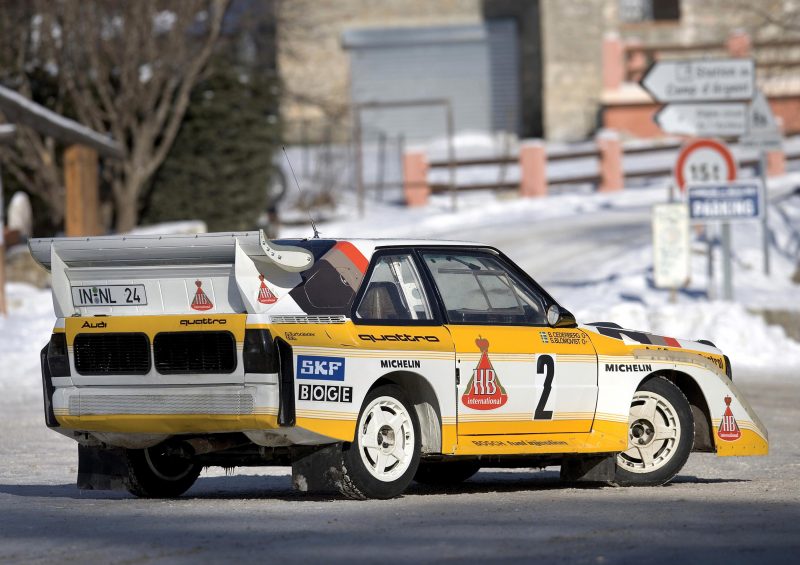
Audi engineers like a bit of logic, and back in the ’80s, logic dictated that all-wheel drive would be a welcome addition on the muddy, gravel stages of the rally world. As such, it developed the Quattro system and slapped it into a short wheelbase Audi Coupe. The result was staggering, and the car scooped up the wins left, right and centre. The thing is, to have this technology, Audi had to homologate it, meaning mere mortals like us could have it. And we did. And we loved it. It might have once been seen as a crude, agricultural technology, but when Audi refined it and fitted it to its road cars, we were, and still are, smitten.
4) Wood
For decades carmakers have been of the opinion that slapping a bit of wood in a car makes it a luxury product. Real wood, plastic wood, wood that’s just been printed onto a sticker. Whatever medium it comes in, wood is still seen as a sign of luxury. It’s a longstanding fact that when you slide behind the wheel, only to be greeted by a wall of wood, you’ve made it. The wheel itself might even be wood, too. In some modern luxury cars, you can have aged veneer, polished to a high shine. You can have all manner of wood types, too, from birch to pine, to walnut. You can have bright wood, dark ebonised wood or even wood with glitter in it. The sky is the limit. Or, you can buy a Rover 45 and have ‘wood’ made from some sort of pencil. Your choice.
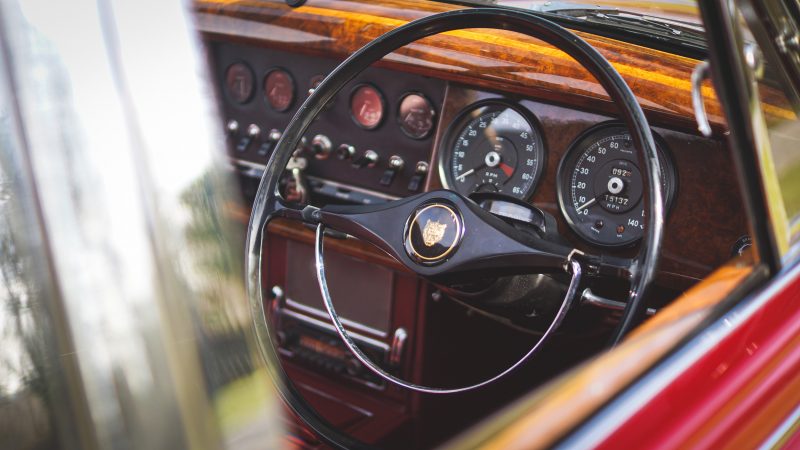
But here’s the thing. Wood wasn’t originally used in cars because it was a luxury item. No, it was used it because it was readily available, and because it was what the builders knew. Carriages and coaches were made from wood, so why should a car be any different? Frames were made from wood, doors and floors, too. Even the wheels were originally made from dead tree. It’s what convention dictated. It was only later, when we could do more complicated shapes with metal, and when we could weld things up, that wood fell by the wayside. Well, it did everywhere apart from within the Morgan factory. We have it now as a luxury because the manufacturing process has become so streamlined and efficient that wood is in fact a more costly option.
5) Safety
Safely sells. It didn’t used to, and in fact it was something we would scoff at the notion of. But things have changed. Now, we buy cars because of how safe they are, we want to drive safe in the knowledge that should it all go wrong, we won’t need to scoop our teeth off the dashboard. Back in the day, safety simply didn’t exist. It wasn’t a factor at all. Even in motorsport, where safety consisted of nothing more than ‘being thrown from the car’. Yes, being forcibly ejected from a speeding car that was mid-crash was what we once considered ‘safe’. Then of course, more people had cars, and with more cars on the road, more cars drove into other cars. And as cars got bigger and faster, they did so with more force. Many teeth. Many dashboards. It was only because of people like Jackie Stewart and Ralph Nader, combined with the safety advances of companies like Volvo (the three-point belt was their doing) that safety went further. Then, in 1997, when EuroNCAP started crash testing cars, safety became a standard on which we based our vehicular purchases.
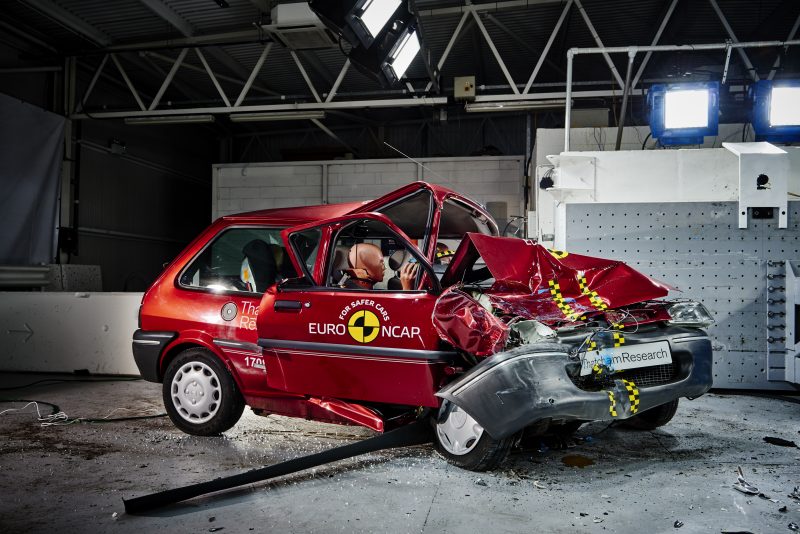
But what has this got to do with luxury? Well, it’s always been luxury cars that have pioneered. Look at Mercedes-Benz, for example. The S Class was the first to have proper ABS, to have proper driver and passenger air-bags, and it was also a huge proponent in crumple zone technology. Luxury cars have brought things like traction control, stability control, intelligent braking and more to the mass market. Luxury cars prove these systems, and then they trickle down to become the norm. It’s because of luxury cars that every new car must have ABS and airbags.

